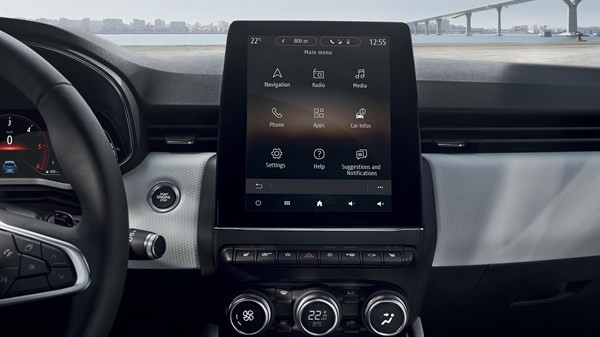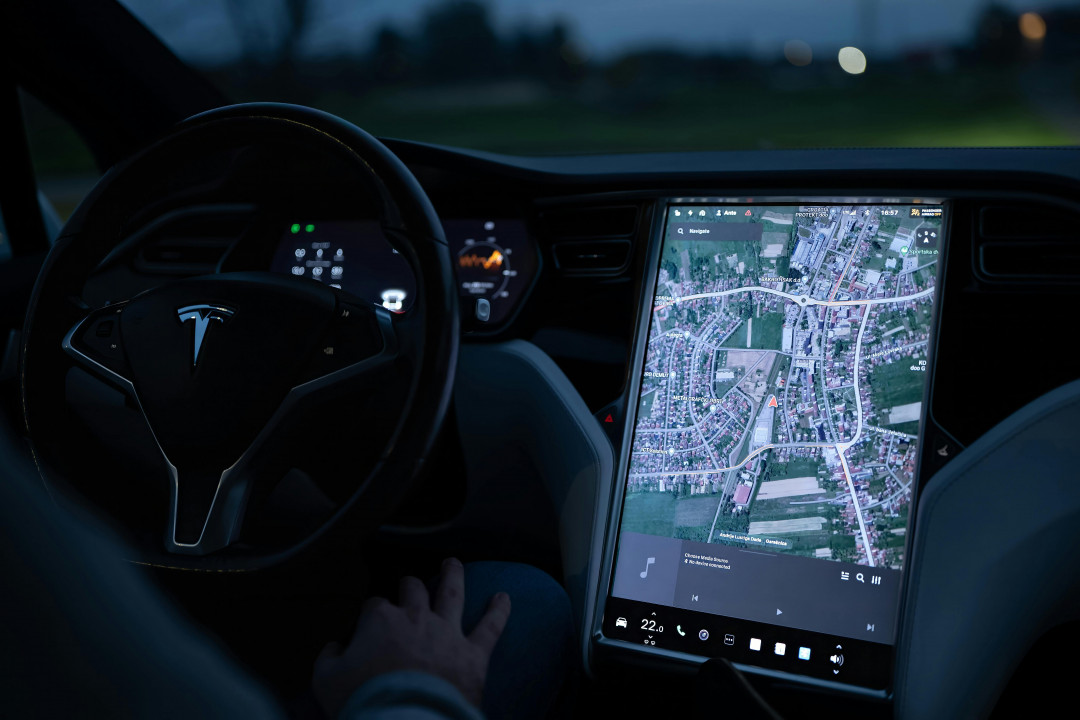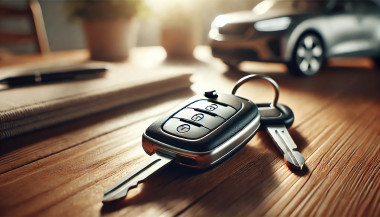Modern cars often pack large touchscreens into the dash, and keeping these displays clear is key to enjoying every drive. A single scratch or dirty spot can make maps and menus hard to read. Car insurers warn that infotainment screens are surprisingly fragile – even a small dent or scratch can disable parts of the system . Worse, replacing a built-in navigation unit can cost thousands and take weeks . The good news? A little proactive care goes a long way.
Interior dashboards are loaded with touchscreens that easily pick up scratches and smudges. For example, a high-quality navigation screen protector can shield your display from daily wear . These protectors are often made of tough 9H-tempered glass with an oleophobic coating (to repel fingerprints) and an anti-glare matte finish . A properly fitted protector keeps your screen looking brand-new and makes cleaning simpler.

Invest in a Quality Screen Protector
Choose the right fit
Get a protector cut for your car’s make and model so it covers the entire display without blocking cameras or buttons.
Hydrogel protector over tempered glass
A hydrogel navigation screen protector is the best modern option for car screens. Unlike tempered glass, hydrogel film is flexible, ultra-thin, and self-healing — meaning small scratches disappear on their own over time. Hydrogel also fits curved or irregular screens better, doesn’t crack or chip like glass, and offers excellent clarity with strong anti-scratch and anti-glare properties. It maintains perfect touch sensitivity and blends seamlessly with the original display. To understand the real differences between hydrogel film and tempered glass — and which one offers the best long-term protection for your car — check out our detailed comparison guide: Hydrogel vs Tempered Glass Navigation Protectors Comparison.
Anti-glare & oleophobic coatings
Many navigation screen protectors include a matte, anti-glare surface. This scatters harsh sunlight and helps repel fingerprints and oil. (Some even advertise oleophobic layers that resist smudges.)
Installation matters
Follow the instructions carefully (clean the screen first, align the film, and smooth out bubbles). A misaligned or bubbled protector can itself cause visibility issues.
Installing a car screen protector isn’t just about preventing scratches. It also helps maintain screen clarity over time. As one Tesla owner discovered, adding a new glass protector made even a worn, glare-prone screen “look almost new again”
If you’ve already chosen a hydrogel protector and want to install it correctly, follow our step-by-step guide on how to install a hydrogel navigation screen protector.
Clean Your Screen the Right Way
Fingerprints, dust and grease are everyday enemies of visibility. But cleaning improperly can do more harm than good. Follow these expert tips:
Use a microfiber cloth
Wipe the screen with a soft, clean microfiber towel – even better if it’s dedicated just to your screen . This gentle fabric removes oils without scratching the glass.
Spray cleaner on the cloth, not the screen
If you need liquid cleaning, lightly mist it onto the cloth first. Never spray cleaners or water directly onto the touchscreen . Too much liquid or harsh chemicals can seep into seams or damage any oleophobic coatings.
Avoid household glass cleaners
Standard window cleaners (with ammonia or alcohol) can strip away protective coatings or damage the display . In fact, Car and Driver cautions that you should “avoid using household glass cleaner on your car’s touchscreen” unless you know it’s ammonia- and alcohol-free .
Use fresh wipes
Always use a clean side of your cloth or a new wipe on the screen. AGWS (an auto insurer) advises against using a cloth or wipe that’s already been on the dashboard or door panels – it can transfer grit and actually scratch the display
Detail with precision
If dirt or fingerprints linger, dampen the cloth with plain water or a gentle, screen-safe cleaner and buff in small circles. For stubborn spots, a second dry pass with the microfiber cloth will remove streaks.
Wipe smudges away with a soft cloth – spraying cleaner on the cloth, not on the screen . Clean your screen each time you wash the car, or whenever you notice foggy patches. In fact, one test found that many “interior detailer” sprays (like Chemical Guys or Meguiar’s) can work just as well as specialized screen cleaners if they’re labeled safe for screens.
Reduce Sunlight Glare
Glare is one of the biggest complaints with modern car touchscreens. It makes maps hard to read, increases eye strain, and leads to drivers pressing harder on the display—over time, this causes wear and visible marks.
To reduce glare:
Install a matte hydrogel screen protector
Adjust the display’s brightness and contrast
Avoid cleaning with shiny or oily cloths
Park with the dashboard away from intense sunlight when possible
Hydrogel films help significantly because they diffuse harsh reflections without dulling the screen.
Prevent Fingerprints and Smudges
Touchscreens are fingerprint magnets. Oils from your hands quickly accumulate on the surface, especially on climate controls or zoom gestures.
Solutions that actually work:
Oleophobic coatings (built into many hydrogel protectors)
Regular microfiber wipe-downs
Avoid touching the screen with sunscreen or lotion on your hands
Use voice commands for common actions when possible
Drivers notice a big difference after installing a car navi screen protector—much fewer smudges and much easier cleaning.

Protect the Screen During Everyday Use
Small habits reduce long-term wear:
Remove rings before using the touchscreen
Don’t store hard objects (keys, coins) near the display
Keep dust off the dashboard
Avoid pressing with fingernails
Use steering-wheel controls when possible
Tiny scratches add up, especially on softer automotive materials.
FAQ
What is the best way to protect a car navigation screen?
Installing a car-specific hydrogel screen protector provides the best protection against scratches, glare and fingerprints.
Do hydrogel protectors really self-heal?
Yes. The top layer softens slightly with heat and pressure, allowing micro-scratches to fade within minutes.
Do these protectors affect touch sensitivity?
No. Hydrogel films are extremely thin and designed to preserve the original touchscreen response.
Can I install a screen protector myself?
Hydrogel films are easy to install because they are flexible and bubble-resistant. Most people complete the installation in minutes.
Will a protector reduce screen brightness?
A high-quality hydrogel film maintains screen clarity while reducing harsh glare.
Do car manufacturers recommend screen protectors?
Many dealerships now advise using some form of screen protection due to rising replacement costs and increasing touchscreen sizes.
Which Cars Benefit Most
Some car brands benefit disproportionately from hydrogel screen protection — especially large-format touchscreens in premium models. If you want the full breakdown of the top models for 2025–2026, see our detailed guide on which cars benefit most from hydrogel navigation protection.
To protect your own car’s screen from scratches, glare and fingerprints, visit our shop at mr-key.com.
Related Guides
How to Install a Hydrogel Navigation Screen Protector
Which Cars Benefit Most From Hydrogel Navigation Protection? (2026 Overview)


 (1)_1743685544.jpg)
_1736343521.jpg)
_1736342764.jpg)
